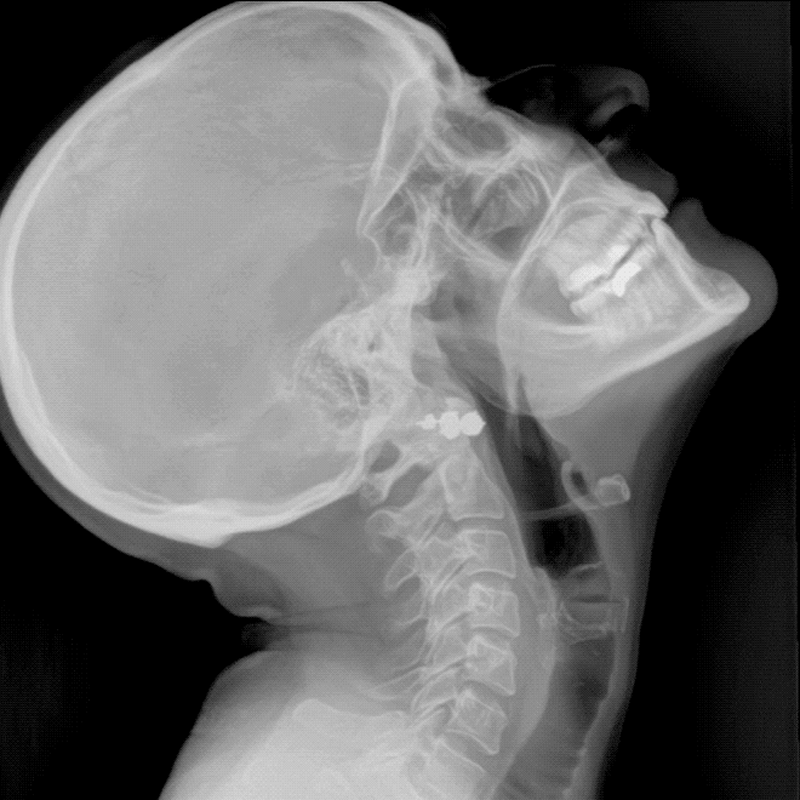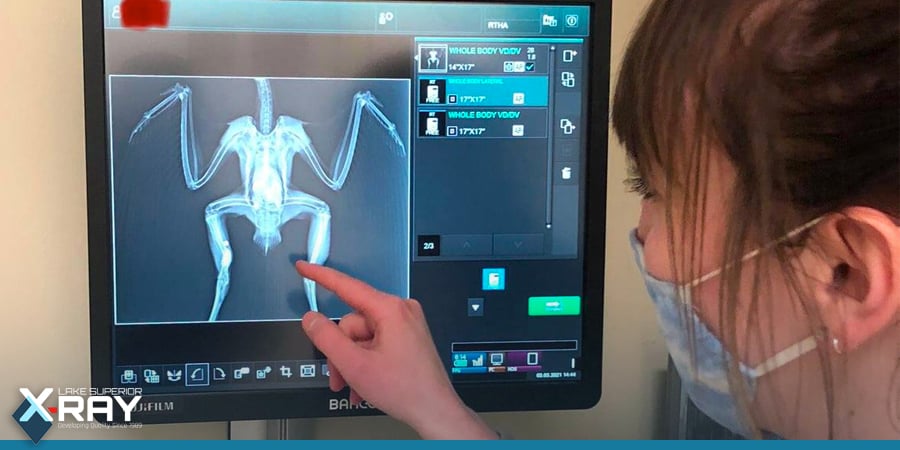Konica Minolta ddr: Bringing motion to x-ray
Dynamic Digital Radiography (DDR) is the groundbreaking new x-ray technique that revolutionizes the way we capture medical images. With DDR,...

Dynamic Digital Radiography (DDR) is the groundbreaking new x-ray technique that revolutionizes the way we capture medical images. With DDR, clinicians can observe anatomy in motion like never before, enabling a deeper understanding of physiological cycles and providing invaluable insights into patients' conditions. the DDR technology allows for the acquisition of up to 15 sequential radiographs per second, providing a detailed cine loop playback that showcases the movement of the patent's internal structures. These individual radiographic images, with dimensions up to 17"x17", offer an unprecedented level of clarity and accuracy in medical imaging.
One of the most significant advantages of DDR is its speed and convenience. In less than a minute, the "x-ray that moves", provides clinicians with up to 20 seconds of physiological movement, all while being performed by radiology staff without the need for a physician's presence. This expeditious process enhances efficiency and reduces the time patients spend in medical imaging procedures.
Another critical benefit of DDR is its commitment to patient safety. By employing a low-dose radiation approach, DDR ensures that patients are exposed to significantly less radiation than in an average fluoroscopy exam. This reduction in radiation dosage provides peace of mind for both patients and healthcare professionals.
The system is incredibly versatile, capable of performing all standard x-rays. Whether the patient needs upright imaging, seated or table top, DDR can accommodate various positions, making it adaptable to different clinical scenarios.
Chest radiography is one of the most common exams. It is used to assess respiratory pathologies. DDR helps clinicians observe and diagnose lung function to expedite diagnosis. When using the optional Intelligent Workstation, clinicians can used advanced image processing to improve visualization and quantify motion.
DDR supports diagnosing musculoskeletal conditions by presenting diagnostic detail in full motion.
With DDR, orthopedists can quantify the dynamic relationship between bones and soft tissue through the full range of motion. Having a full view of the musculoskeletal system in motion in weight-bearing or resting positions helps orthopedic specialists provide faster and more detailed diagnoses to improve the quality of care.
With FDA approval and widespread availability in many medical facilities, Dynamic Digital Radiography marks a transformative milestone in the world of medical imaging. Its ability to capture real-time movement offers new possibilities for diagnosing and monitoring a wide range of medical conditions, leading to better patient outcomes and improved healthcare practices. Embrace the future of medical imaging with Dynamic Digital Radiography and contact us, we are Konica's preferred dealer!

Dynamic Digital Radiography (DDR) is the groundbreaking new x-ray technique that revolutionizes the way we capture medical images. With DDR,...

Takaaki Ueda, President and Chief Executive Officer of Fujifilm Medical Systems USA has honored Scott Murray and Lake Superior X-Ray, Inc. with the...